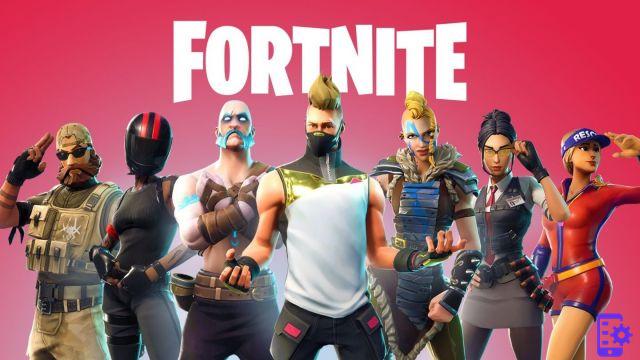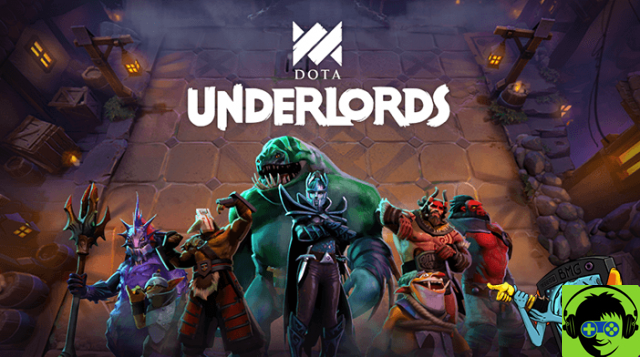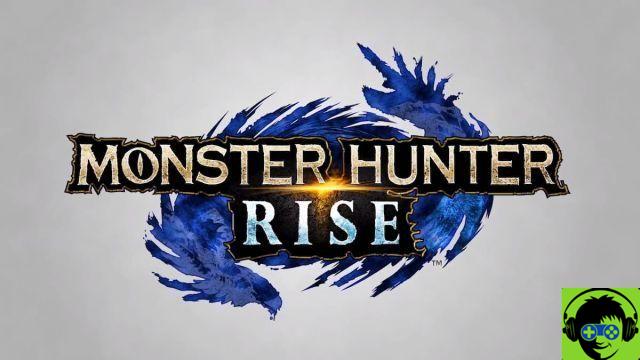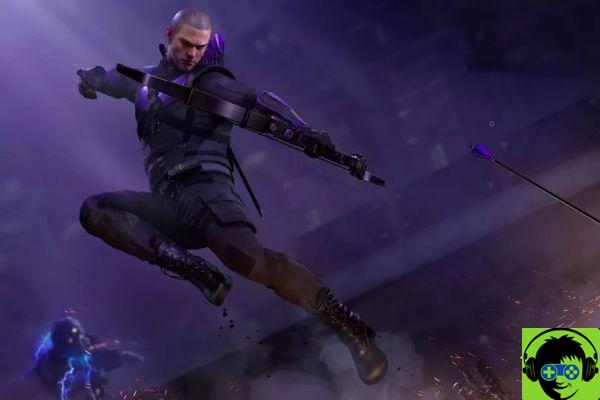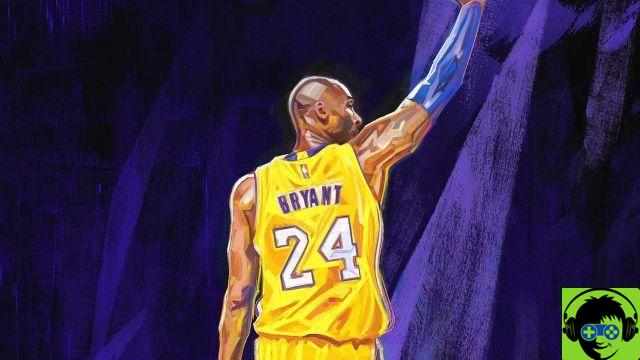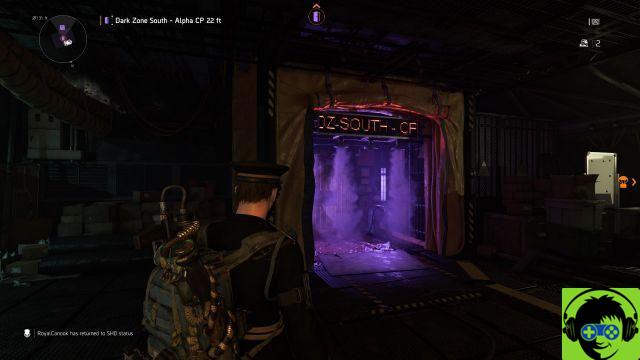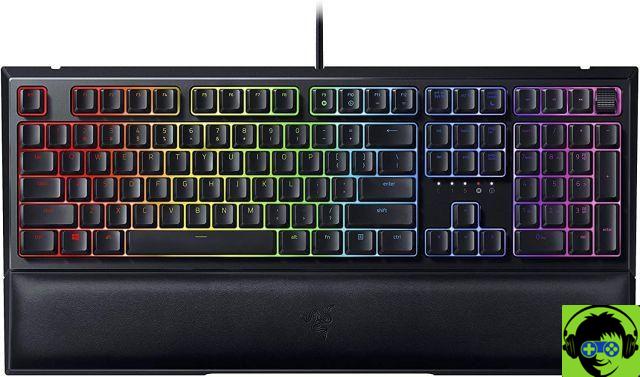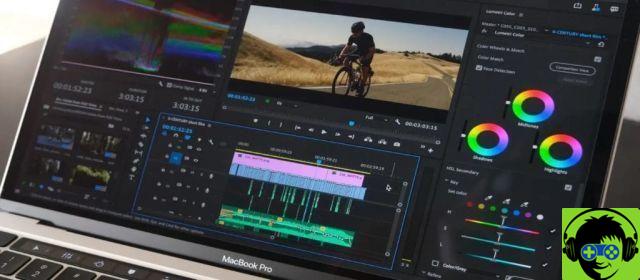
The combat system in the original Final Fantasy VII was a cool turn-based system that made players use their time wisely when attacking. Called Active Time Battles (or ATB), dwelling on your tactics allowed the enemy to launch an additional attack. It's a classic combat system that worked great for Cloud and his friends, but it was also a product of its time.
In Final Fantasy VII Remake, it's back, but not like you might think. The game uses real-time combat which allows you to smash enemies with your weapons but merges it with the original ATB system by slowing down the gameplay, and allows you to choose and play magic skills and materia as you like. have available attached to your characters. It offers exciting gameplay and a real generational leap for the ATB style system.
But for those looking for more of an experience like the original, Final Fantasy VII Remake offers a difficulty that you can trigger at the start of the game called Classic Mode.
Classic mode unfortunately doesn't turn real-time play into full turn-based combat like the original, but it does try to make the game look more like the original by doing all the ass work involved. in real-time combat for you. This means that the game will perform all the attacks in real time for you, and you can focus on using the ATB attacks once they charge each character.
The gameplay involved in Classic Mode makes the game a little less hectic. Controlling both combat and ATB movements will take time, but its implementation is very good and a lot of fun. That said, not everyone will be a fan of this approach, which is where Classic Mode comes in.
Why you shouldn't play in classic mode
However, while the classic mode option is welcome, it's something that comes with caveats.
First, when you enter a combat situation in Classic Mode, the in-game AI will move and attack for you, automatically choosing a target. You can move the character and attack if you want, but you'll be fighting with the in-game AI to do so.
This also contradicts the games' lag system, which allows you to defeat an enemy and make them vulnerable to attack after injecting enough punishment into them. ATB moves will definitely help improve pressure on an enemy to stagger them, but you have a lot less control over who you generate pressure on. Once failed, too, there's no guarantee that your character will be able to deal large weapon ability damage to that enemy, which means you'll have to move around regardless.
The Classic Mode option also mirrors that of the original game's difficulty, meaning it is set to Easy by difficulty. This means that enemies' attacks hit less hard and progress is easier. This isn't surprising considering you don't have full control over all of your basic moves and attacks, but it still makes the game a snap.
A character's ATB meter also fills up faster when you are active on him and attacking with him, which can be critical to game strategy. For example, if you need to heal Cloud and Barret is the only member of your team to hold a Cure materia, switching to Barret and triggering attacks will increase their ATB counter faster, meaning you can heal a teammate faster. It doesn't work as well when you're not in full control of the character.
Finally, each character has a special ability, like Cloud's Punisher mode which makes his strikes more powerful at the sacrifice of defense, which is triggered by pressing triangle while the character is active. It's not AI triggered, which means you'll still have to use it yourself.
While the temptation is there to use classic mode while playing the game, we recommend that you don't. Not only does it lock in great gameplay with the real-time combat elements, but it also adds too many unnecessary obstacles to make it fun to play. If you just want to live the story this might not be a bad option, but even then Easy should be the way to go.




